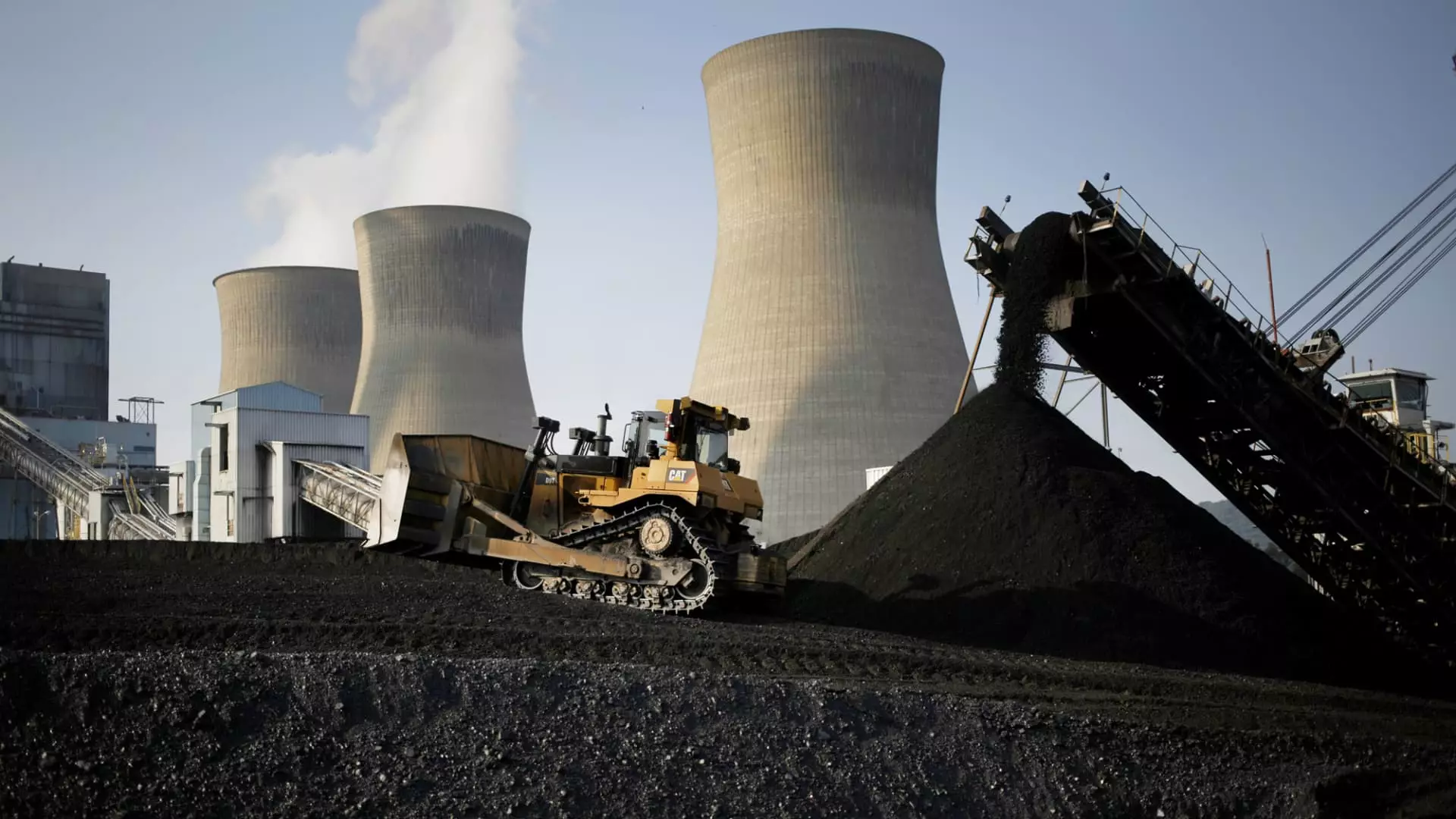In a crucial step towards addressing energy demands and environmental concerns, the U.S. is revitalizing its nuclear power sector, especially with plans to restart the Three Mile Island plant. Mike Goff, the acting assistant secretary for the Office of Nuclear Energy at the Department of Energy, emphasizes the need for a significant expansion of nuclear generation capacity. The call to action is clear: to maintain energy security and reduce carbon emissions, the U.S. must at least triple its current nuclear capacity.
Current Landscape of U.S. Nuclear Power
With a network of 94 operational reactors generating approximately 100 gigawatts of power, the United States leads the globe in nuclear energy production. This fleet is responsible for supplying more than 18% of the nation’s electricity in 2023. However, as energy demands rise, particularly with the growth of large data centers and electrification efforts in various sectors, the need for additional nuclear plants becomes increasingly pressing. Goff argues that adding 200 gigawatts of nuclear capacity, roughly equivalent to constructing 200 new plants, is necessary to meet both current and future electricity demands.
The planned restart of Three Mile Island, scheduled for 2028, serves as an emblem of hope for the nuclear industry, demonstrating a commitment to renewable, baseload energy sources. It is vital to note that the specific reactor slated for reopening is not the one involved in the infamous 1979 incident, which left a cloud of doubt over nuclear energy’s safety for decades. This renaissance of Three Mile Island is pivotal, especially with high-profile partnerships, like Microsoft’s agreement to purchase electricity from the facility, underscoring the practical applications of nuclear energy in today’s technology-driven economy.
Challenges of Restarting Reactors
Despite the potential advantages of restarting existing reactors, experts warn that the number of plants available for repurposing is limited. Goff points out that while such restorations are beneficial, they will not suffice alone to achieve the necessary expansion in capacity. Current U.S. infrastructure challenges and the dwindling number of idled facilities means that investing in new construction will also be essential for meeting rising electricity needs.
Utilizing Old Coal Sites for Nuclear Development
One intriguing solution Goff proposes is repurposing former coal plant sites for new nuclear reactors. Many coal plants across the U.S. are being decommissioned as part of the broader clean energy transition, leaving behind valuable infrastructure. A recent study from the Department of Energy outlines the possibility of deploying up to 174 gigawatts of new nuclear capacity at these locations, utilizing pre-existing transmission lines and a workforce familiar with energy production. This approach could confer a 30% cost reduction compared to developing greenfield sites, making it an economically attractive direction for nuclear growth.
Despite the apparent economic viability of utilizing coal plant locations, significant hurdles remain. The construction of new reactors has historically faced challenges, notably concerning cost overruns and protracted timelines. The Vogtle plant expansion in Georgia exemplifies these issues, costing over $30 billion and requiring around seven additional years to complete. To circumvent these pitfalls, Goff advocates for an emphasis on enhancing operational plants while simultaneously pondering future developments.
The discussion surrounding nuclear energy cannot be divorced from the advent of innovative reactor designs. Smaller, advanced nuclear technologies could significantly alter the landscape of energy generation by allowing for more reactors to be built in existing spaces. However, commercial viability for these advanced models remains several years away. With the imminent demand for electricity from burgeoning sectors such as data centers and manufacturing, investment in nuclear capacity will likely continue to gain momentum.
The restart of Three Mile Island signifies a potential shift in public perception and governmental commitment to nuclear power as a clean, sustainable energy source. While this step is essential, it is clear that a multi-faceted approach that includes the revival of existing reactors, the establishment of new plants, and the introduction of advanced technologies will be critical for the U.S. to secure its energy future and meet the expected rise in electricity consumption. The evolving narrative surrounding nuclear energy, driven by necessity and innovation, points towards a potential renaissance in the field, catalyzing a transition towards a cleaner, more sustainable energy landscape.

